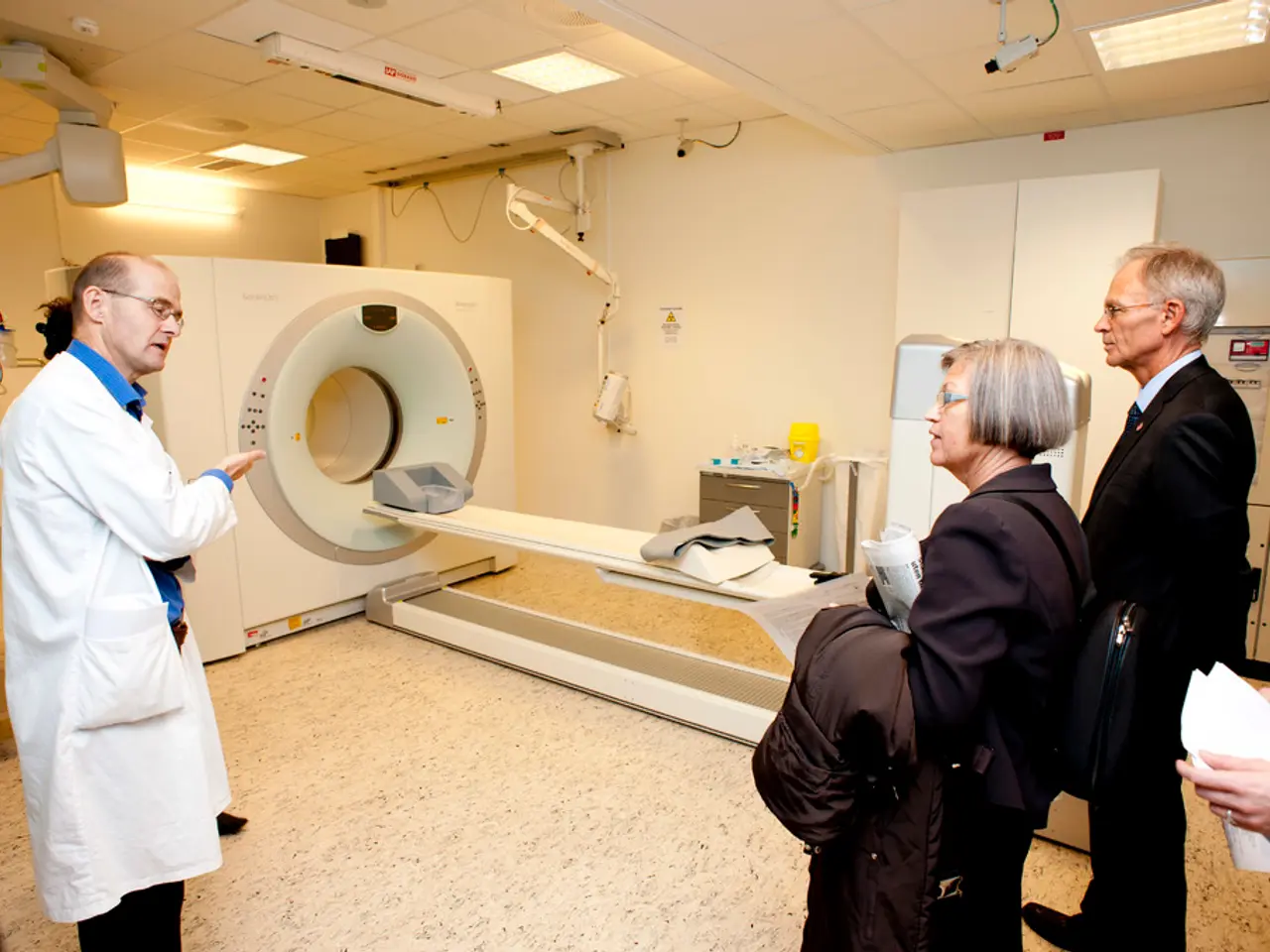Healthcare Authentication and Access: Incorporating the Zero Trust Approach as a Base
In the rapidly evolving digital landscape, the importance of data security, particularly in the healthcare sector, cannot be overstated. The U.S. Department of Homeland Security's Cybersecurity and Infrastructure Security Agency has outlined a strategic approach to bolstering security - the Zero Trust model.
Zero Trust, a strategy that calls for continuous multifactor authentication, offers numerous benefits for healthcare providers. By focusing on five core pillars - Identity, Device, Network/Environment, Application Workload, and Data - this approach facilitates faster access to lab results with single authorization, secures a diverse healthcare ecosystem, and accelerates data transfer among labs, doctors, and specialists.
Here's a step-by-step guide to implementing Zero Trust in healthcare, with an emphasis on identity management:
## Implementation Process
1. **Assess Current Infrastructure and Threats** - Evaluate existing systems and identify potential vulnerabilities.
2. **Develop a Zero-Trust Strategy Framework** - Base the strategy on core zero-trust principles, such as no implicit trust and least privilege access. - Establish clear policies for identity management, access controls, and data governance.
3. **Implement Identity Management Solutions** - Deploy Identity and Access Management (IAM) solutions for user authentication, authorization, and continuous validation. - Implement Multi-Factor Authentication (MFA) and Role-Based Access Control (RBAC) to enhance security and access control. - Use behavioral analytics to monitor user activities and detect anomalous behavior.
4. **Secure Data Storage and Transmission** - Encrypt patient data both at rest and in transit to protect against unauthorized access. - Implement strict access controls to ensure only authorized personnel can access sensitive data.
5. **Regular Audits and Compliance** - Ensure compliance with healthcare regulations, such as HIPAA. - Conduct periodic security audits to identify vulnerabilities and improve the zero-trust framework.
6. **Transparency and Communication** - Communicate clearly with patients about how their data is collected, stored, and shared. - Share security practices with staff and patients to build trust.
## Technologies to Support Zero Trust in Healthcare - AI-Driven Anomaly Detection - Cloud Security Solutions
By adhering to these steps, healthcare organizations can effectively integrate Zero Trust strategies into their operations, enhancing the security of patient data and complying with regulatory requirements. This approach can lead to more efficient insurance authorizations and approvals of coverage, as well as improved data transfer times.
The Zero Trust model, developed in 2009, expands on traditional least privilege principles by adding conditional testing and repeated verifications, including just-in-time access. In the context of healthcare, turning to the cloud will be key for implementing Zero Trust effectively. This strategy can incorporate analytics and logging, which are important for healthcare organizations to meet HIPAA and HITRUST regulations.
[1] NIST released "Special Publication (SP) 800-207: Zero Trust Architecture" in August 2020, which discussed deployment models and recommended a roadmap for implementing Zero Trust. [2] Zero Trust differs from SASE as it focuses on granting access to authenticated users, while SASE also incorporates network and security services and grants access based on identity. [3] Zero trust can be more cost-effective in the short term compared to SASE due to its narrower functionality. [4] Zero trust incorporates strong encryption of data both in transit and at rest. [5] More secure data transfer with zero trust can lead to more efficient insurance authorizations and approvals of coverage.
By adopting the Zero Trust model, health-and-wellness providers can bolster cybersecurity and secure patient data, given its emphasis on continuous multifactor authentication and data encryption. Moreover, this technology-driven approach facilitates health-and-wellness providers' compliance with healthcare regulations such as HIPAA, streaming, and efficient insurance authorizations and approvals through more secure data transfer.




